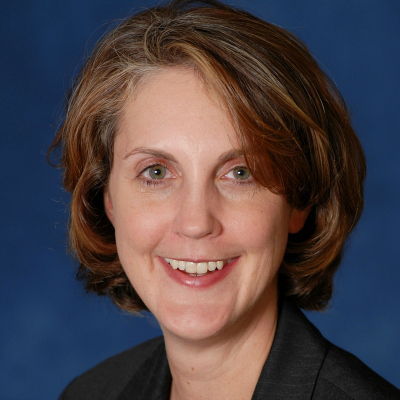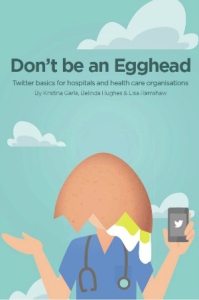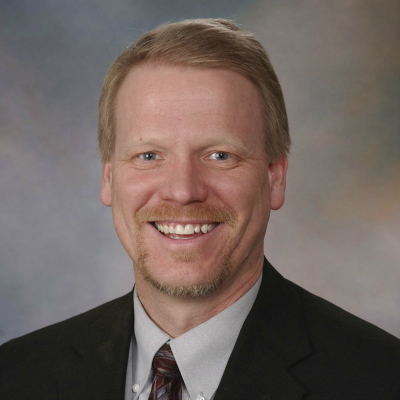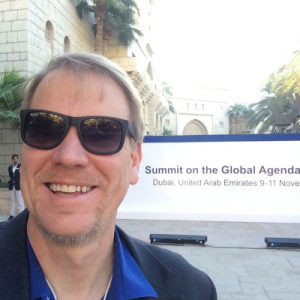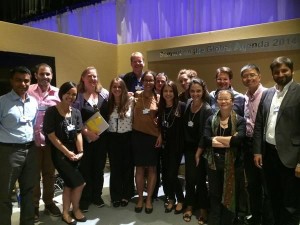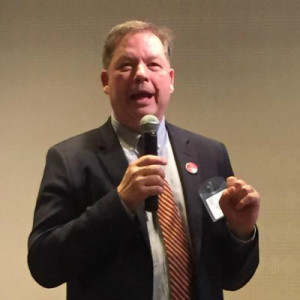Healthcare Innovation in Action
Innovation in healthcare – everybody’s talking about it but how do you do it? Today’s guest on Get Social Health, AJ Montpetit, has a unique perspective because he works on both sides of the healthcare innovation challenge. By day he works at the Mayo Clinic as a social media contractor for the Center for Individualized Medicine and the Center for Innovation. In his free time, he plays an active role in an innovation program called Global Entrepreneurship Week.
Follow our conversation below:
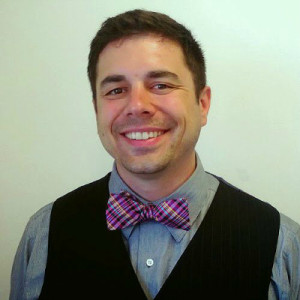 00:00 Healthcare innovation introduction
00:00 Healthcare innovation introduction
01:15 Meet AJ Montpetit, Social Media Contractor
02:30 Mayo Clinic Center for Individualized Medicine
03:00 “If it ends in -omics”
03:40 Who is your audience for the IM Center?
04:15 Diagnostic Odyssey
05:15 Do you have your own website?
06:45 Are scientists social media savvy?
07:20 Symplur to support healthcare conference communication
08:00 “Prime the social media pump?”
09:03 Hootsuite for supporting social media
09:45 What is a Hootsuite Brand Ambassador?
12:30 Mayo Clinic Center for Innovation
14:30 Working with departments in one space – building “what if” scenarios
15:50 The “Code Funds” – encouraging in-house innovation
18:10 Roger von Oceh “A Whack on the side of the head”
19:15 “A Kick in the Seat of the Pants”
23:25 Give first to get something from social Media revolution
29:20 Global Entrepreneurship Week
38:55 Social Media Tip: Alice Ackerman, Physician-in-Chief, Carilion Clinic Children’s Hospital
Visit our resources page for more valuable (and free!) resources on social media and digital health.
Roger von Oech: “A Whack on the Side of the Head” & “A Kick in the Seat of the Pants”
Podcast: Play in new window | Download


